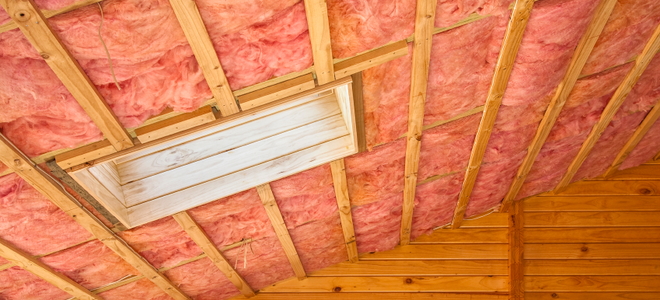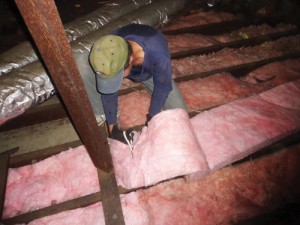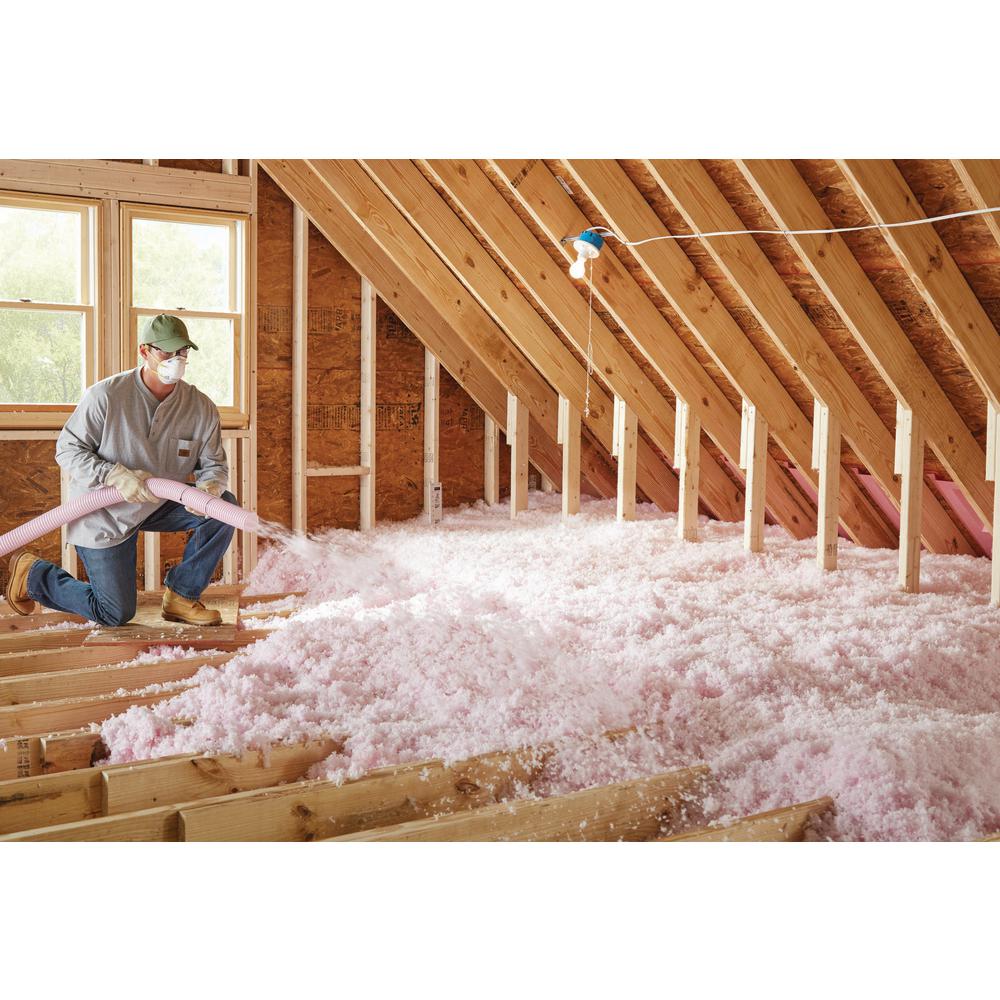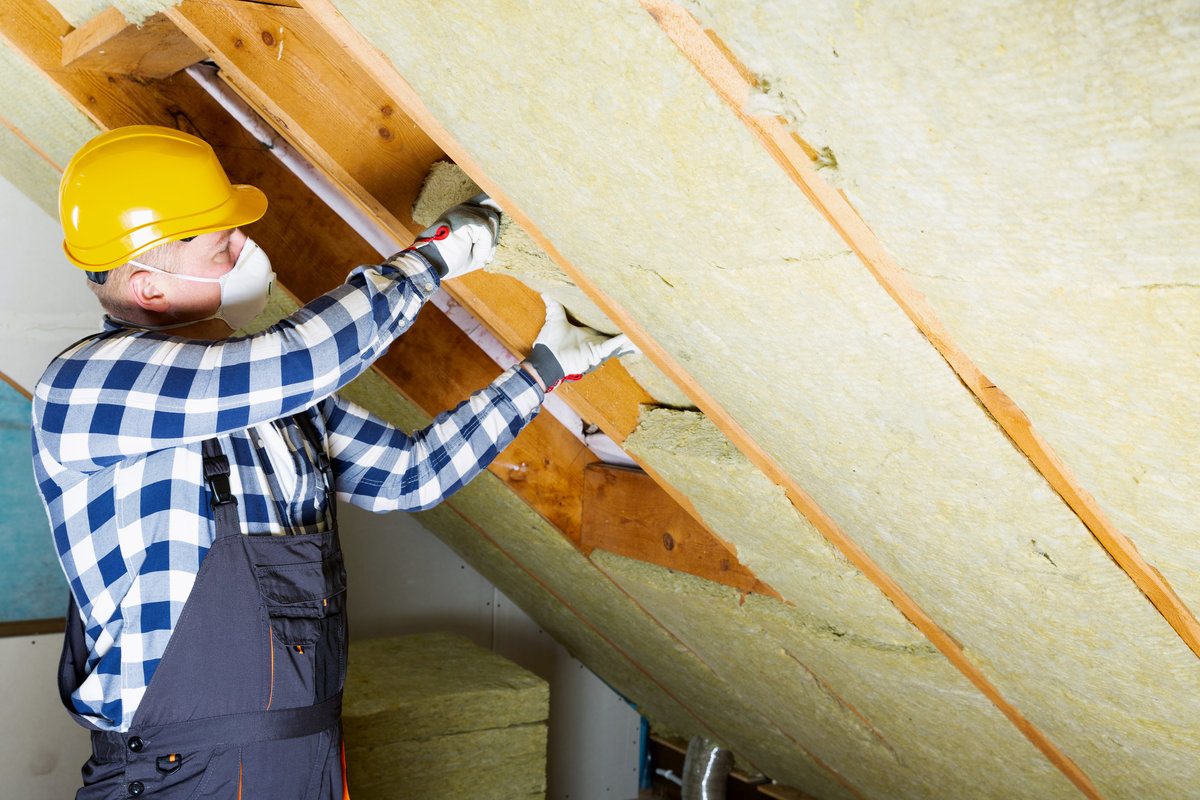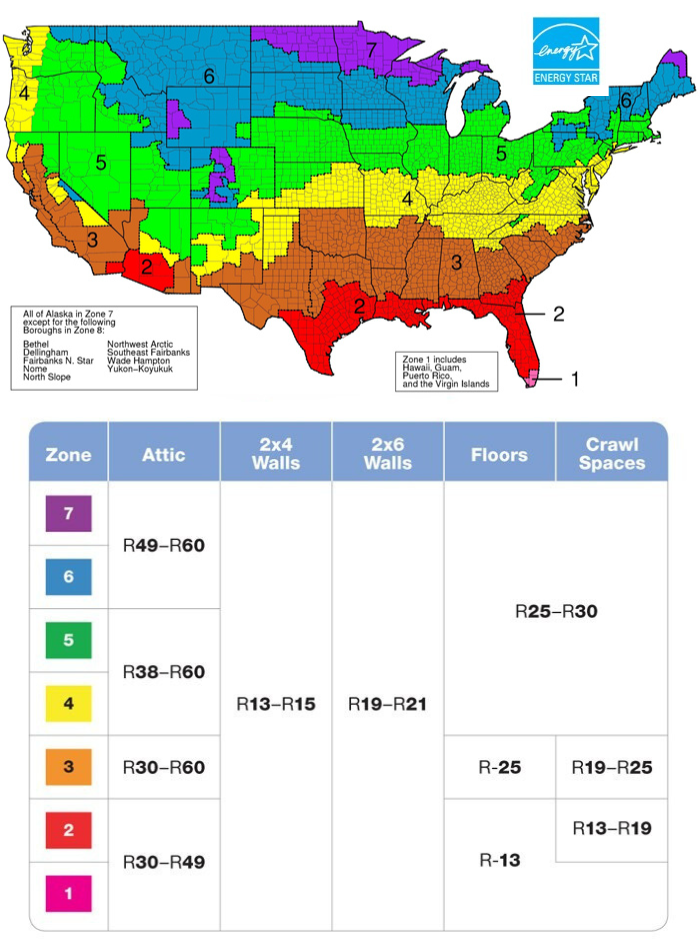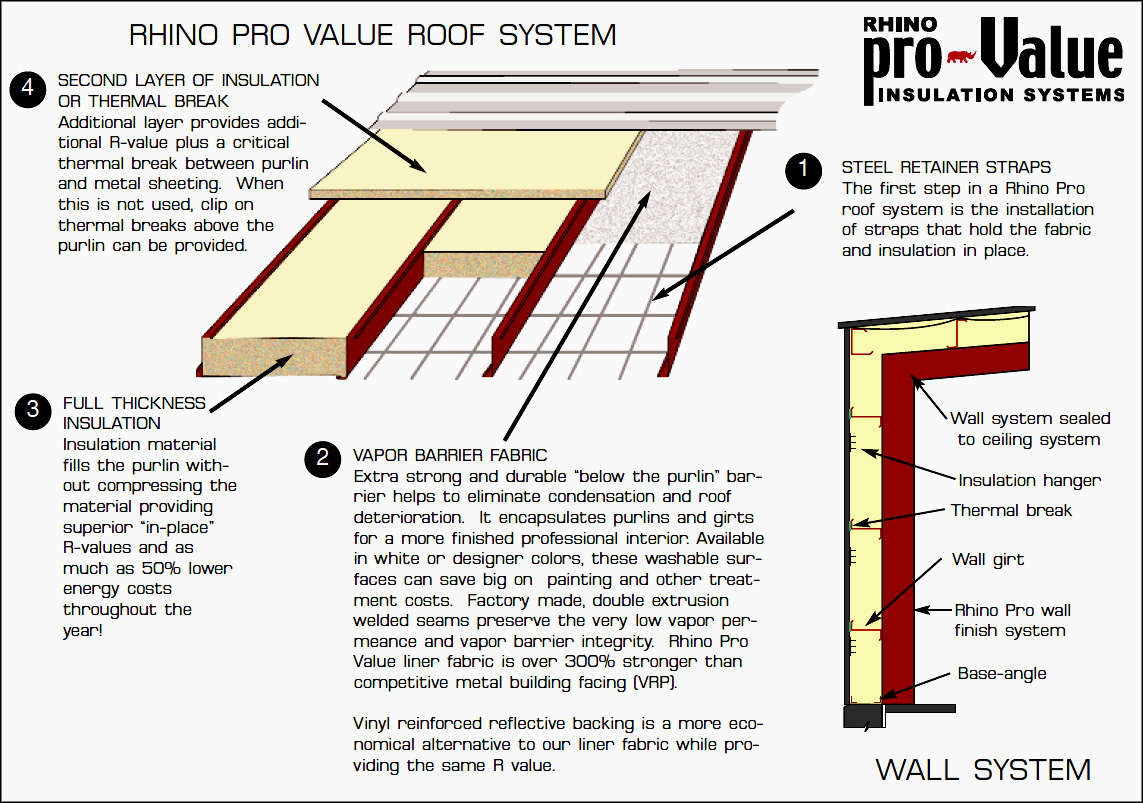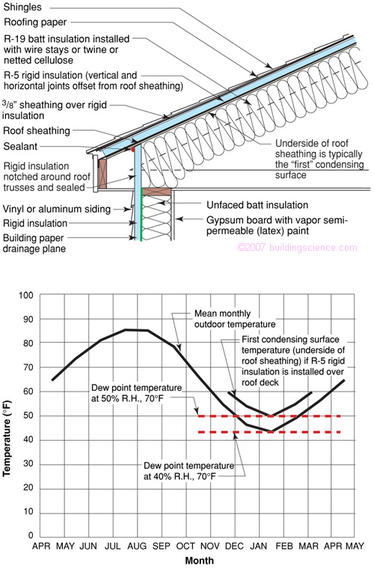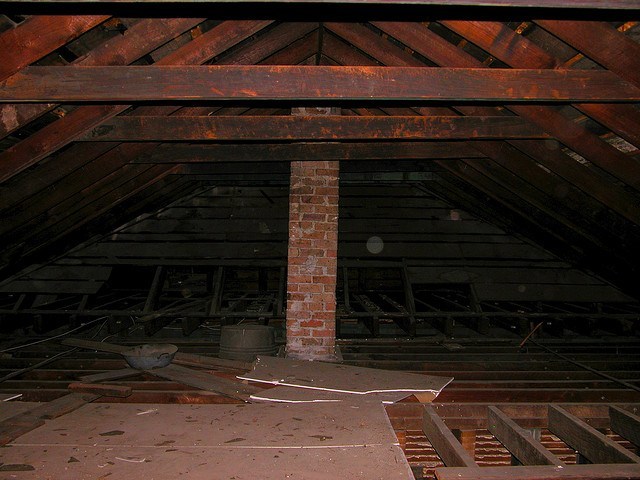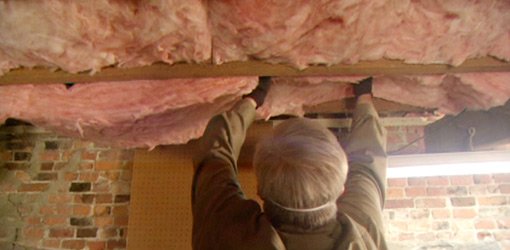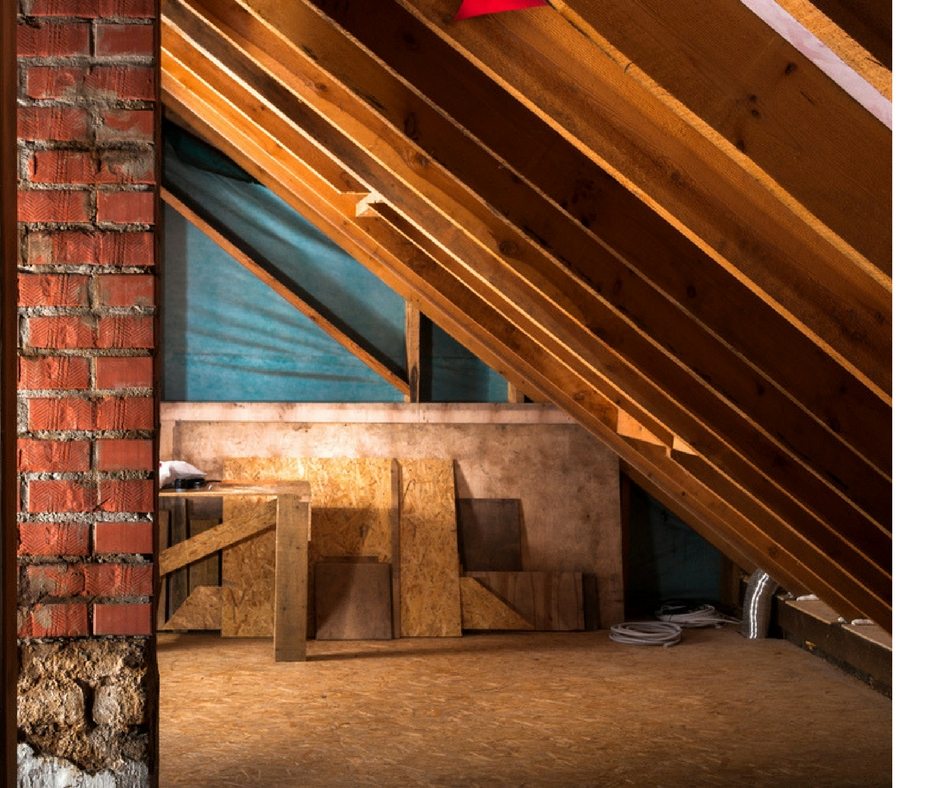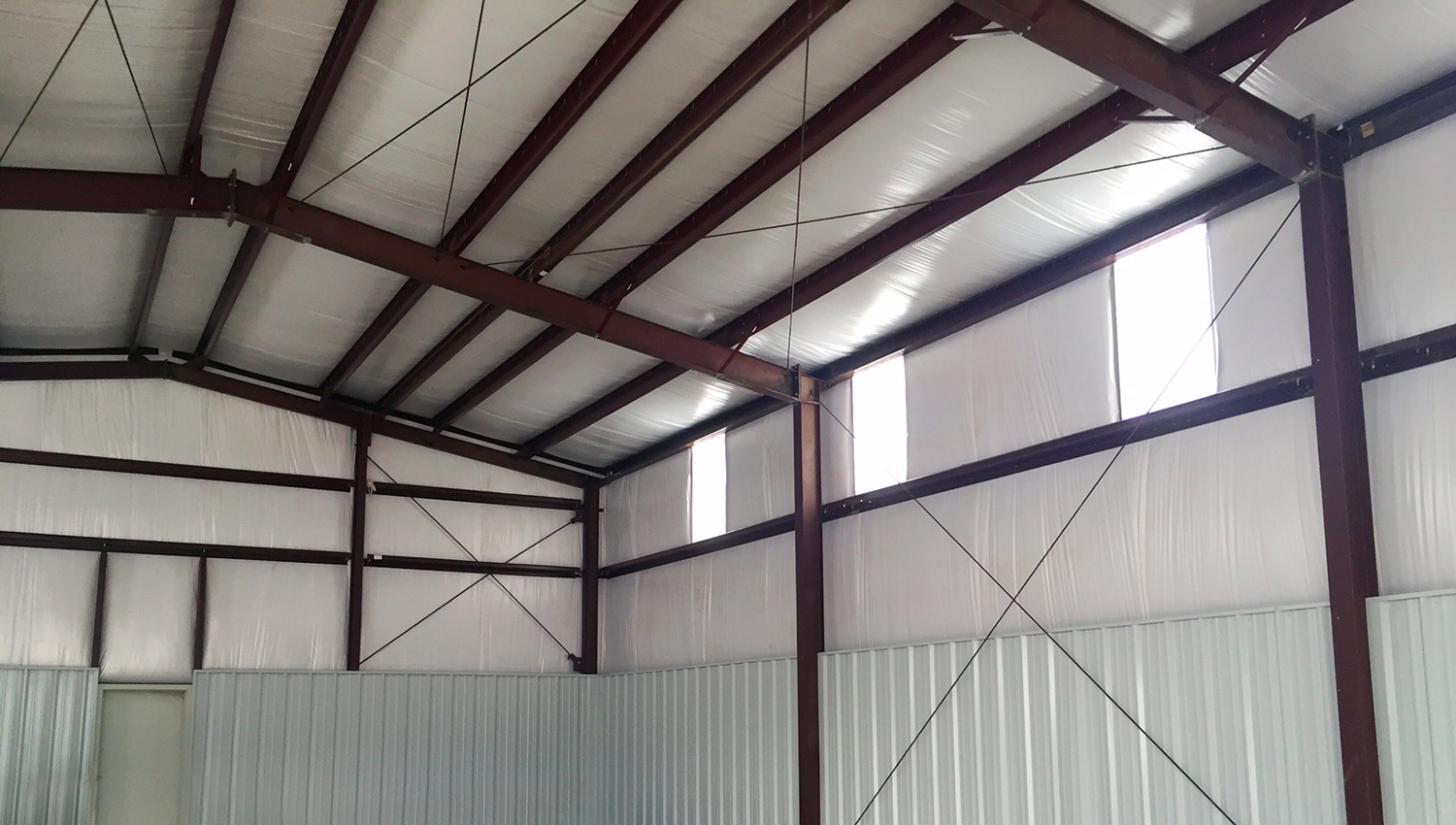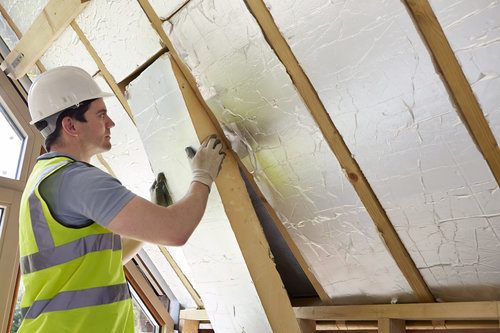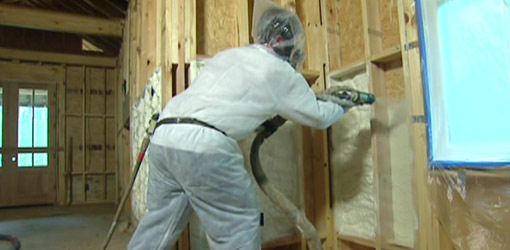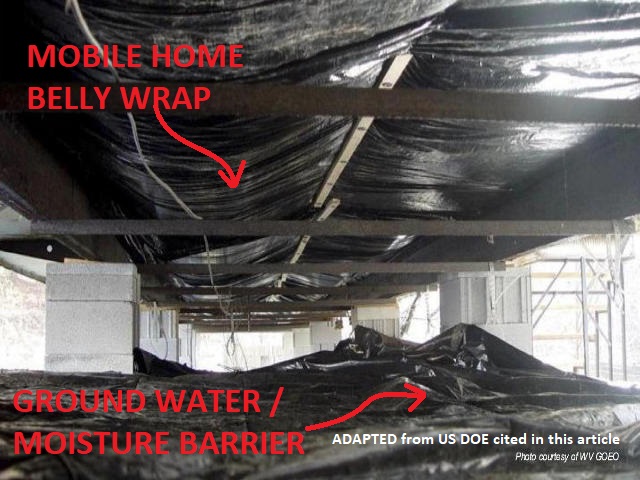Is Insulation R30 Enough Texas Roof

These recommendations are for true r values not the nominal values listed on insulation packaging.
Is insulation r30 enough texas roof. Wall insulation whenever exterior siding is removed on an. Batt and roll insulation. Generally homeowners seek between r30 and r50 and to achieve that for loose fill over 1 000 sq. Consider using high density r 30 batts which are as thick as r 25 batts but fit into 2x10 framing.
Get free shipping on qualified r30 insulation or buy online pick up in store today in the. State applicable energy ashrae zone minimum r value state local ms mississippi ashrae 90 1 2010 2 r 20 3 r 20 state local. Typical recommendations for exterior walls are r 13 to r 23 while r 30 r 38 and r 49 are common for ceilings and attic spaces. An r value tells you how well a type of insulation can keep heat from leaving or entering your home.
Insulation r values vary based on the type thickness and density of the insulation material. You can also add rigid foam insulation under the rafters which adds r value and eliminates thermal bridging through wood rafters. Drill holes in the sheathing and blow insulation into the empty wall. Minimum insulation r value requirements non residential above roof deck.
For example if you install r 19 fiberglass batts in 2x6 frame walls with the studs 16 inches on center double top plates and other elements of standard framing the actual r value of the whole wall with the r 19 insulation will be about r 15. Owens corning r 30c ecotouch pink cathedral ceiling kraft faced fiberglass insulation batt 15 1 2 in. Insulation ratings are measured in r values per inch of thickness. Tx texas 2015 iecc 2 r 25 3 r 25 4 r 30 state only ut utah 2015 iecc 3 r 25 5 r 30 6 r 30.
Garage door insulation spray foam insulation faced insulation soundproofing insulation insulation outdoor roof material high temp. A vent baffle should be installed between the insulation and the roof decking to maintain the ventilation channel. Rigid foam boards trap air or another gas to resist conductive heat flow. This is the second of two most popular types of insulation.
See the department of energy s doe ranges for recommended levels of insulation below. Insulation materials run the gamut from bulky fiber materials such as fiberglass rock and slag wool cellulose and natural fibers to rigid foam boards to sleek foils. Bulky materials resist conductive and to a lesser degree convective heat flow in a building cavity.




